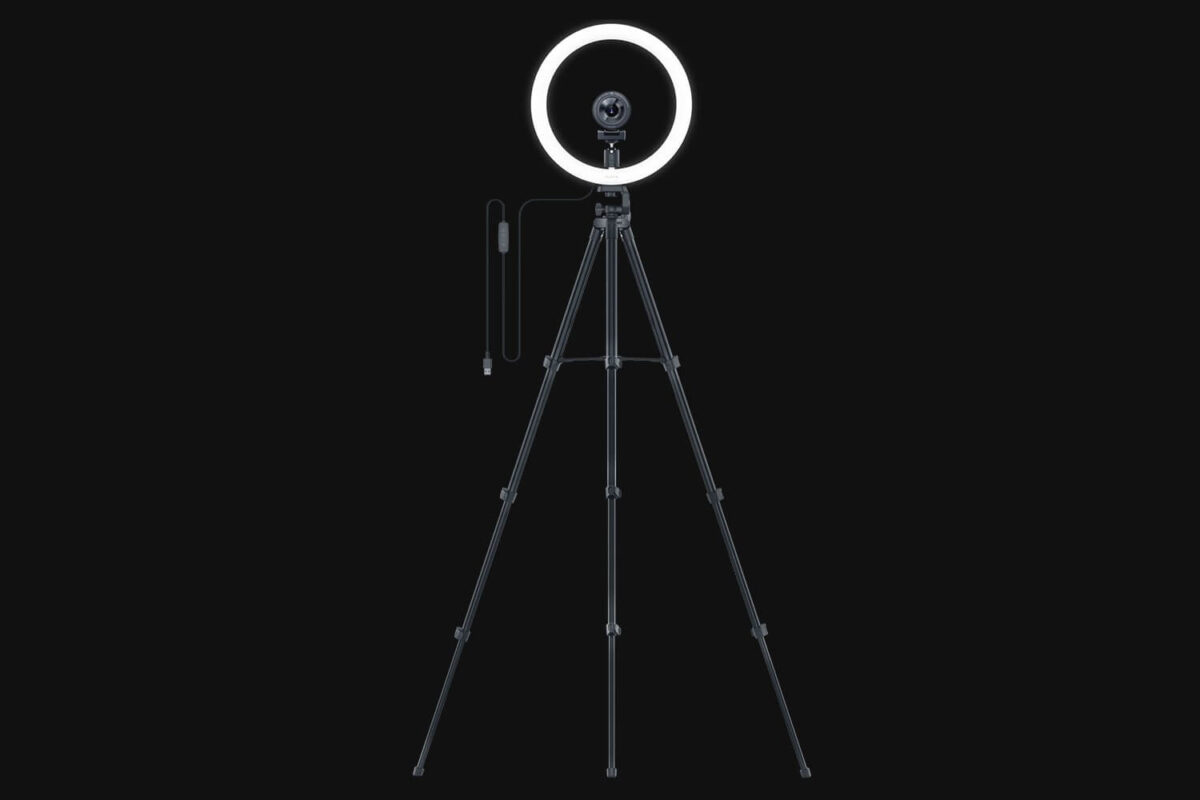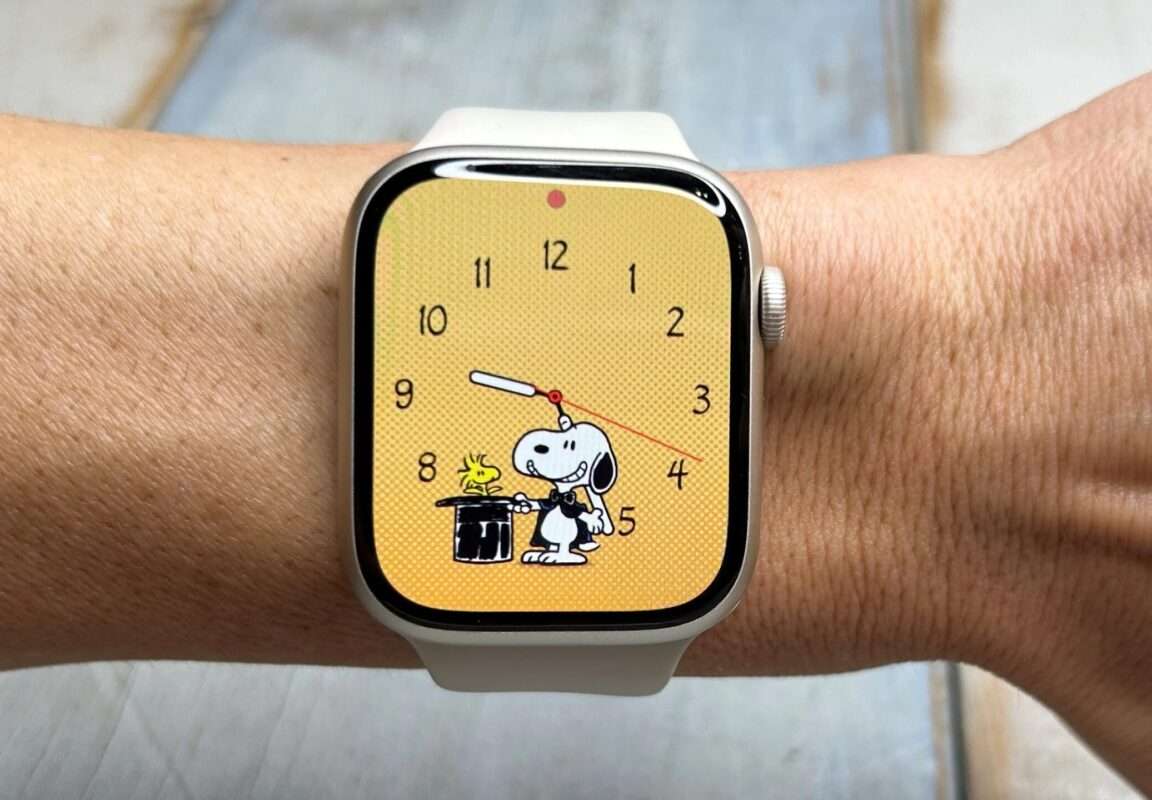I’m a sucker for a good bargain, so when the Samsung Galaxy Watch 4 Classic’s price dropped in the wake of the debut of the Galaxy Watch 5, I couldn’t help myself. It’s fair to say that I’ve never utilized anything like the stunning, feature-rich Samsung Wristwatch from last year.
I’ve had a terrific experience with the Galaxy Watch 4 Classic Wristwatch and like it. But I’m also switching back to the considerably more user-friendly Polar Pacer Pro. This is why.
Why I like the Samsung Galaxy Watch 4 Classic
There are many wonderful features of the Galaxy Watch 4 Classic. Why wouldn’t there be? Samsung was a pioneer in the initial generation of smartwatches and has since established itself as one of the leading companies in the wearable market. The Samsung Galaxy Watch 4 Classic is especially likely to be long remembered, in part because it is the last Galaxy Watch to sport the adored revolving bezel. Samsung’s expertise truly shines in its latest products.
It’s also the initial Wear OS wristwatch I’ve experienced. Since I first wore the Pebble Steel in 2015, smartwatches have advanced significantly. I was never tired of staring at the clear, vibrant display, and I had a great time exploring the menus and experimenting with all the capabilities on the first day. It is gorgeous, a complete delight to use, and packed with features.
But you are already aware of this article’s main point. Why haven’t I stayed with it if it’s such a fantastic device?
What’s it for?
My first day was mostly devoted to fiddling with my freshly acquired Galaxy Watch. I assessed my body composition, conducted an ECG, and installed all the suggested companion apps. Along with a dozen other things, I configured my watch face and enabled Google Assistant functionality. Playing using my new gadget gave me joy.

The next day, though, I just stopped using it. I experimented with everything interesting, and the novelty quickly wore off. The loss of novelty, however, is not a terrible thing; it occurs with every new technological gadget. Simply put, it meant the Galaxy Watch had a chance to integrate into my existence and fulfill the purpose for which I had purchased it. After years of using a fitness tracker, it was time to get the Galaxy Watch to convince me that I needed an electronic watch.
That time never arrived. I liked being able to respond to messages with swipe typing and controlling Spotify from my wrist. But those brief, random instances didn’t seem sufficiently jitter-free for me to feel inclined to continue using them. Spotify refused to recognize my earbuds so I was able to listen on the watch, as well as sometimes, alerts would just vanish. The worst part is that, for the most part, I wasn’t using the watch for anything other than a watch. The “smart” component of the “smartwatch” was hardly demonstrating its worth.
I have some responsibility for this. The Galaxy Watch 4 Classic was included in my stringent pruning of the applications that appear in my smartwatch alerts. Simple are my justifications: I’ve learned to tolerate fewer sensations over the years since wrist vibrations are far more unpleasant than cellphone vibrations on my leg. But that shouldn’t matter since a wristwatch should serve more purposes than only serving as a notification receiver. Beyond that, the Galaxy Watch 4 Classic offers more. I just wasn’t using those capabilities, which made me question why I was even wearing the timepiece in the initial place.
You don’t just put a watch down
This would not have mattered, however, if it weren’t for my greatest pet peeve: the battery life.

I was aware of this before purchasing the Galaxy Watch. A wristwatch typically has to be recharged every day and a half. Knowing it and experiencing it, however, constitute very different things. With little usage, the Galaxy Watch 4 Classic would not last a single day if all the tracking functions were activated. It would last about a day plus a half without 24/7 stress monitoring. Although a smartwatch might have a fantastic battery life, I still had the same old battery worry itch.
You could be wondering, “But what’s the difference, you have to charge your phone every day.” Oh, you are right, my friends. One significant distinction between a smartphone as well as a smartwatch is that just one of the two is physically connected to the wearer. You sometimes put your phone down. With a watch, you don’t do the same thing.
I put my phone on the table at my desk and connect it in. My watch is not placed close to my phone. So there isn’t an inevitable period to charge it if I’m using it to monitor my sleep. I have to routinely find time to charge my wristwatch if I want to utilize all of its functions, and this is true of every smartwatch, not just the Galaxy Watch 4 Classic. I attempted to leave it to charge overnight, but I kept forgetting. It made more sense for me to sit at my office desk, but I don’t want to be compelled to do that every day. Just sitting down working and beginning to remove accessories seems strange. It’s a strange complaint, I know, yet it is.
I don’t need a smartwatch — do you?
I’m glad to acknowledge that I’m a bad use case. With a 14-day battery life, the Pebble Steel was my first wearable device. I also used fitness trackers quite a bit, which had far better battery life than smartwatches. I now consider a week’s worth of battery life to be the minimum. Smartwatch batteries, in my opinion, just don’t butter any crumpets.

Since I was measuring my heart percentage, and stress levels, and giving my wristwatch a little daily exercise, I had high expectations for it as well. But I don’t believe that’s unfair since I was using the Arctic Pacer Pro for a lot of the same things (except for stress monitoring), and it still lasted me a full week between charges.










